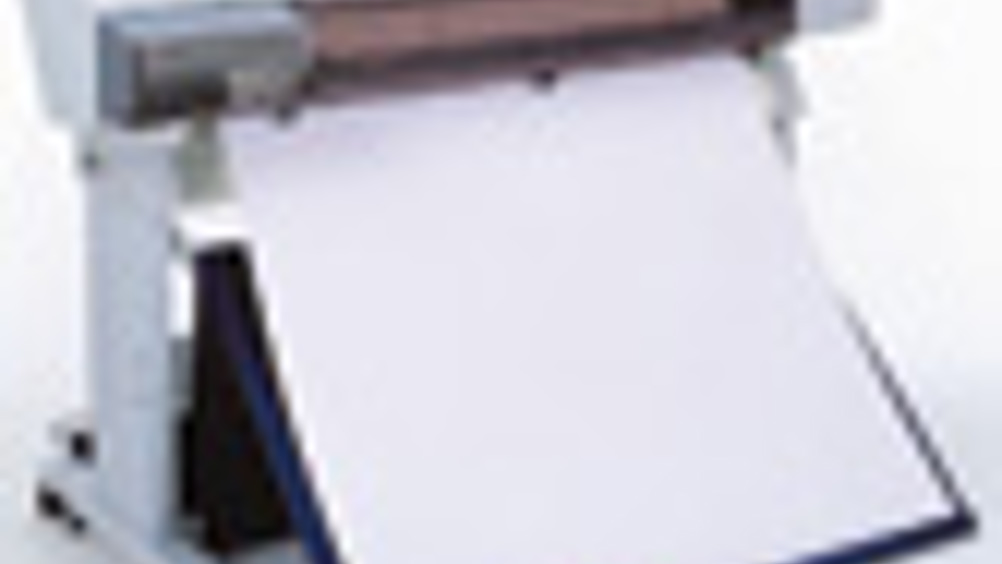Epson has built up a strong reputation in the photographic market. Over the years, it has refined and upgraded its machines in a bid to respond to the needs of this highly demanding sector. And, at Ipex 2002, the Japanese manufacturer launched a new addition to its armoury - the Stylus Pro 9600.
The 1,118mm-wide machine incorporated the firm's latest ink technology: the seven-colour Ultrachrome ink system. It was designed to achieve colour that would look vivid on photographs or prints, while retaining its brightness for a long period of time. Quality was important, but so too was price.
"It was very well received because it provided contract quality proofs at a fraction of the cost of more traditional methods," says Martin Johns, senior product manager at Epson UK. "The introduction of the Stylus Pro 9600 set
new standards in digital colour printing combining the main features of dye-based inksets and pigment based inksets into one."
Ink options
There were three different ink modes to optimise the density for various media types and printing applications. For example, photo black mode was designed for traditional photographic and inkjet coated media types, while matte black mode was for matte or plain medias, such as textured fine art papers, and dual matte black was for newsprint and plain bond paper.
The machine increased productivity by allowing ink cartridges to be replaced on the fly, even during the middle of a job, and there was a built-in cutter for automatic or manual cutting, as well as media cutting for thicker substrates.
Alongside the launch of the 9600, Epson unveiled the 7600, a 610mm-wide machine. Both products employed
a new micro piezo DX3 printhead that could produce resolutions of 2,880x1,440dpi. The new printhead could
produce a single droplet as small as four picolitres, with up to three different dot sizes per print line. Depending on
the print mode being used, print speeds varied between 0.74-17.6m2 per hour
With the development of Epson's K3 Ultrachrome inkset, the 9600 was replaced in 2005 by the 9800. This was followed by the 9880 in 2007, which used UltraChrome K3 inks with Vivid Magenta. And then in May 2008, Epson unveiled the 9900, incorporating its fifth-generation ink, the UltraChrome High Definition High Dynamic range.
Leeds-based Fastek sells new and used Epson kit and, at the time of writing, it had a refurbished 7600 model for sale. For secondhand machines, Johns points out that its important to check on the condition of the nozzles.
"A nozzle test will show how the nozzles are firing and the control panel will show how much paper has been through the machine so far," he says. It's also worth checking that the print quality is up to standard. A new 9900 is priced at around £5,595, while a used 9600 model will cost £2,000.
Specifications
Resolution 360x180-2,880x720dpi
Print width 1,118mm
Inks Seven-colour (CcMmYKk)
Max paper 0.74-17.6m2/ph
Footprint 1,623x716mm
Weight 84kg with stand
Price
New 9900 £5,595
Used 9600 £2,000
What to look out for
Condition of the nozzles









